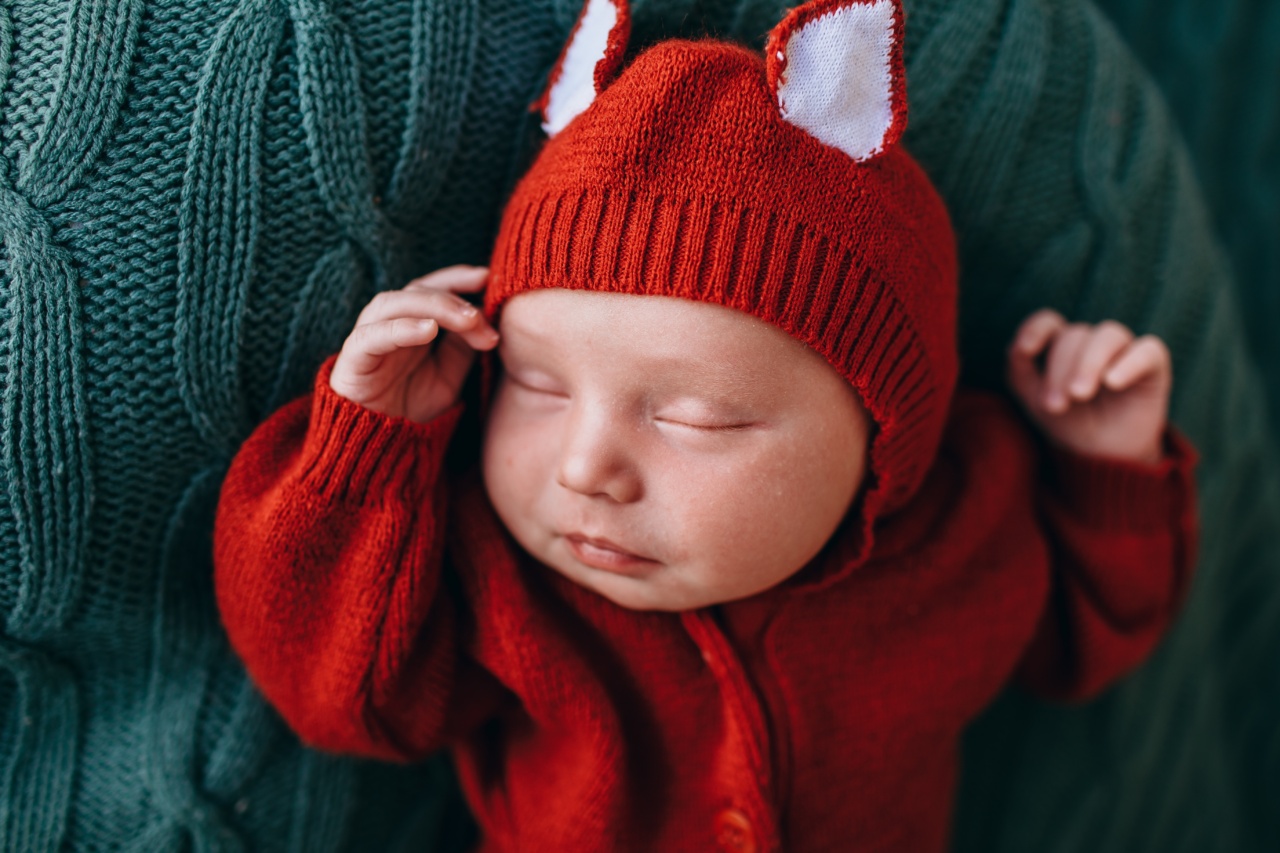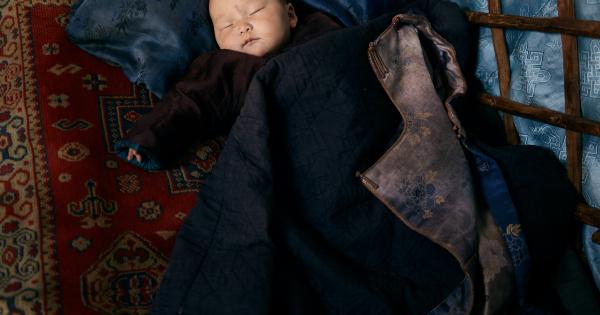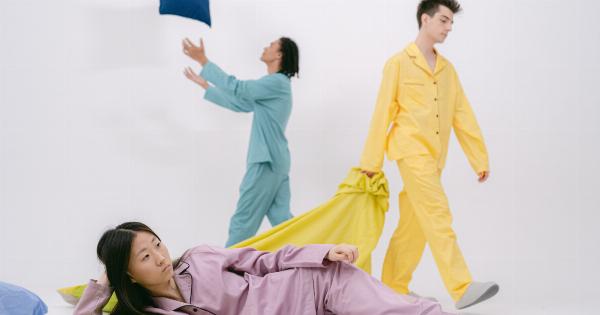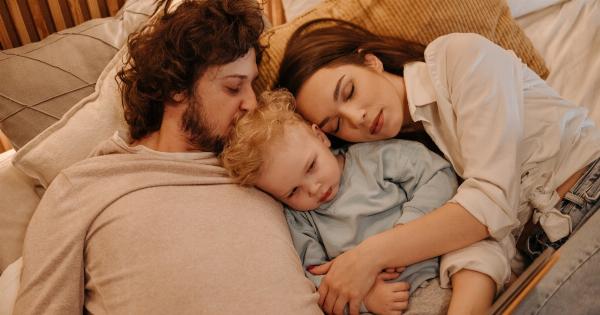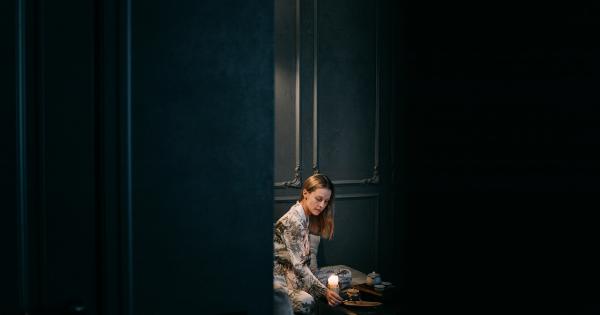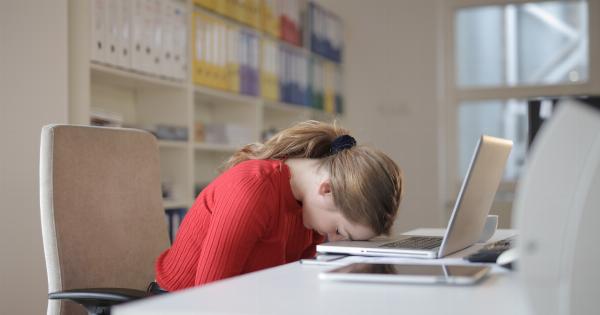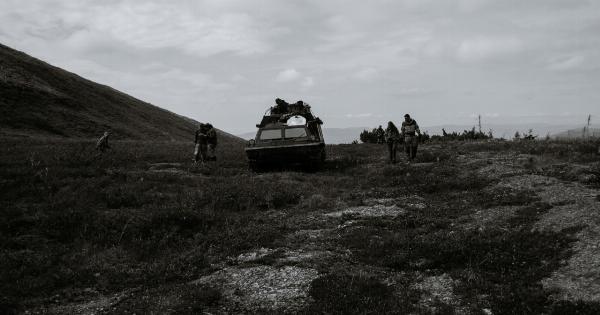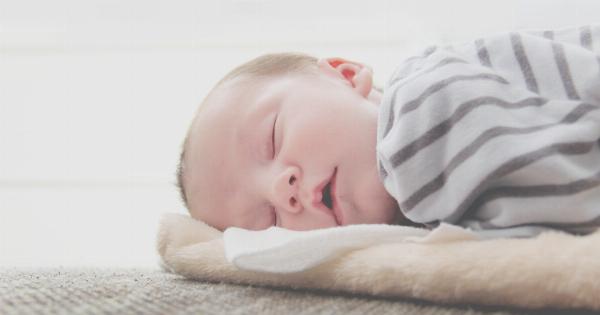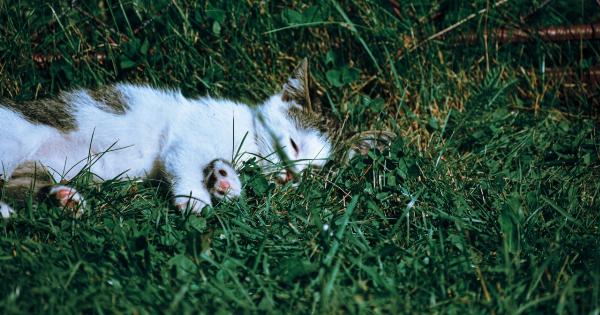Sweden is well known for its policy on infant safety. According to the Swedish National Board of Health and Welfare, newborns should sleep alone because it reduces the risk of sudden infant death syndrome (SIDS).
What is SIDS?
SIDS is a condition where a healthy baby dies in their sleep, with no obvious cause of death. While there are many theories about why SIDS occurs, there is no one definitive explanation.
However, research has pinpointed a few risk factors that can increase the chance of SIDS.
Why Should Babies Sleep Alone?
Sharing a bed with an infant has been found to increase the risk of SIDS.
According to the American Academy of Pediatrics (AAP), babies who sleep in the same bed as their parents are “more likely to suffocate, become entrapped, or experience sudden infant death syndrome (SIDS) than babies who sleep in separate bassinets, cribs, or play yards in the same room as their parents.”.
However, sleeping in the same room as the parents has been found to be beneficial.
The AAP recommends keeping the baby’s crib or bassinet in the same room as the parents and states that “having the baby nearby allows for more and easier feedings, monitoring the baby, and promoting breastfeeding, which in itself is associated with a reduced risk of SIDS.”.
What Are the Recommendations?
The Swedish National Board of Health and Welfare recommends that newborns sleep alone in their own crib or bassinet, in the same room as the parents, for the first six months of life. After six months, the baby can be moved to their own room.
Additionally, the AAP recommends the following to reduce the risk of SIDS:.
- Always place the baby on their back to sleep, for both naps and nighttime sleep.
- Use a firm sleep surface, such as a crib or bassinet mattress that meets safety standards.
- Avoid the use of soft bedding, including blankets, stuffed animals, and pillows.
- Do not allow smoking around the baby, and do not smoke during pregnancy.
- Ensure that the baby’s sleeping area is free of any hazards, including loose cords or wires, and any hanging objects such as blinds or drapes that can potentially wrap around a baby’s neck.
What are the Benefits?
Sleeping alone has been found to have several benefits for infants. It allows them to sleep more soundly and reduces the risk of SIDS. Sharing a bed with an adult can also increase the risk of accidental suffocation or entrapment.
Additionally, when a baby has their own safe sleeping space, it can promote healthy sleep habits and independence. This can make the eventual transition to their own room easier, as they are already used to sleeping alone.
What Should You Look For in a Safe Sleeping Space?
When choosing a crib or bassinet for your baby, it is important to make sure it meets safety standards. Look for a sleep surface that is firm and does not sag, as well as one with breathable mesh sides for good airflow.
Additionally, make sure that the crib or bassinet has no loose or missing parts, and that the mattress fits snugly against the sides.
It is also important to avoid using any soft bedding in the sleep area, including blankets, pillows, and stuffed animals. A tight-fitting sheet is all that is needed to cover the mattress.
Conclusion
Sleeping alone in a safe sleeping space, such as a crib or bassinet, has been found to reduce the risk of SIDS and promote healthy sleep habits in infants.
It is important to choose a sleep surface that meets safety standards and to avoid using any soft bedding. Keeping the baby’s sleep area free of hazards and in the same room as the parents can also promote healthy sleep habits and make the eventual transition to their own room easier.
